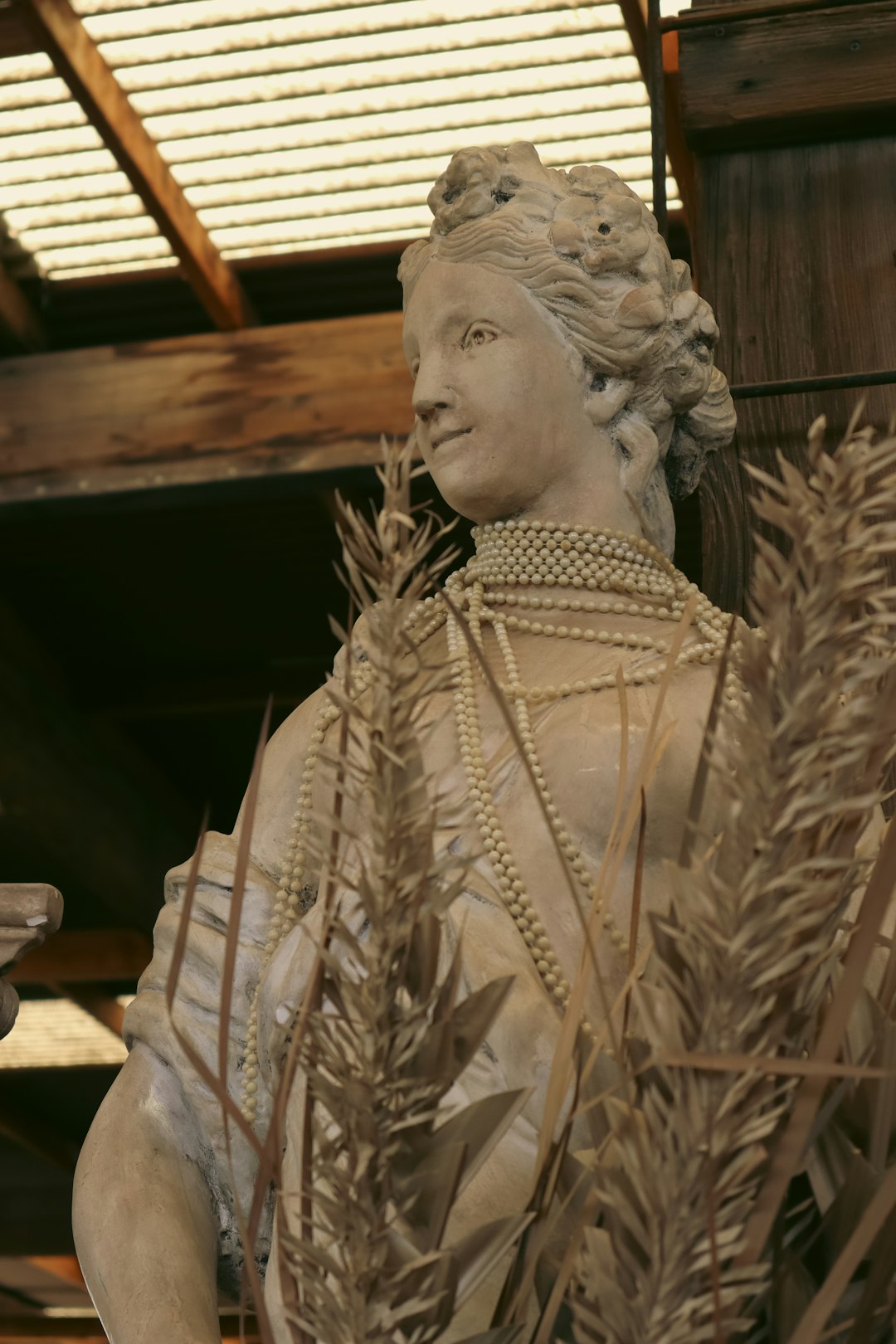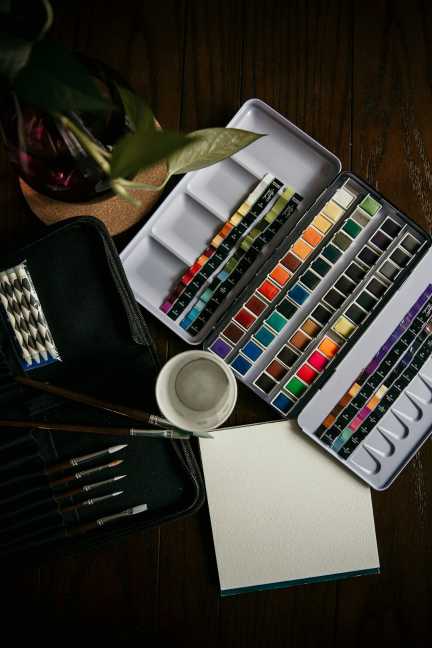Knitting has been a popular pastime for centuries, providing both relaxation and creativity for enthusiasts. Whether you’re a beginner looking to learn the basics or an experienced knitter wanting to expand your skills, this ultimate guide to knitting has everything you need to know to embark on this wonderful craft.
First, let’s start with the essentials. To begin knitting, you will need a few basic supplies: yarn, knitting needles, and a pair of scissors. Yarn comes in a variety of colors, textures, and weights, so choose one that suits your project and personal preferences. Knitting needles also come in different sizes, with larger needles producing loose stitches and smaller needles creating tighter stitches. Be sure to match the needle size to the yarn weight for best results.
Next, it’s time to learn the basic knitting stitches. The two most common stitches in knitting are the knit stitch and the purl stitch. The knit stitch creates a smooth, flat fabric, while the purl stitch creates a bumpy, textured fabric. To knit, simply insert your needle from front to back into the first stitch on your left needle, wrap the yarn around the needle, and pull it through the stitch. To purl, insert your needle from back to front into the first stitch on your left needle, wrap the yarn around the needle, and pull it through the stitch.
Once you have mastered the knit and purl stitches, you can start experimenting with different stitch patterns to create a variety of textures and designs in your knitting. Some popular stitch patterns include ribbing, seed stitch, and cable stitch. These patterns can be combined to create intricate and beautiful designs in your knitted projects.
As you continue to knit, you may want to explore different types of projects to expand your skills. Some popular knitting projects for beginners include scarves, hats, and dishcloths. These projects are simple and quick to complete, making them perfect for practicing your knitting skills. As you become more confident in your knitting abilities, you can move on to more advanced projects such as sweaters, shawls, and even blankets.
In addition to learning new stitches and techniques, it’s important to take care of your knitting projects to ensure they look their best. Blocking is a technique used to shape and size your knitted pieces, making them look more professional and polished. To block your knitting, simply wet your project with water, pin it into the desired shape, and allow it to dry completely.
Finally, don’t forget to enjoy the process of knitting. Knitting is a relaxing and therapeutic hobby that allows you to unwind and express your creativity. Take your time with each project, savoring the satisfaction of creating something beautiful with your own two hands.
In conclusion, knitting is a wonderful craft that offers endless possibilities for creativity and self-expression. With the ultimate guide to knitting, you have the knowledge and skills you need to embark on your knitting journey with confidence and enthusiasm. Whether you’re a beginner or an experienced knitter, there’s always something new to learn and explore in the world of knitting. So pick up your needles and yarn, and start knitting your way to a world of handmade beauty.












